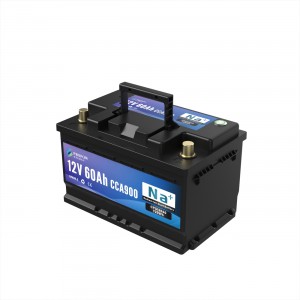Sodium-ion batteries are considered better than lithium-ion batteries in specific ways, especially for large-scale and cost-sensitive applications. Here's why sodium-ion batteries can be better, depending on the use case:
1. Abundant and Low-Cost Raw Materials
-
Sodium is the 6th most abundant element on Earth (from salt).
-
It’s cheap and widely available globally.
-
Lithium, cobalt, and nickel used in Li-ion batteries are scarcer and more expensive, with geopolitical and environmental concerns around their mining.
2. Lower Environmental Impact
-
Sodium-ion batteries don’t require cobalt or nickel, avoiding unethical mining practices and reducing environmental harm.
-
Easier to recycle and less hazardous waste.
3. Improved Safety
-
Lower risk of thermal runaway (fire or explosion).
-
Can use aluminum current collectors on both electrodes, which improves stability and reduces cost further.
4. Better Low-Temperature Performance
-
Na-ion batteries can perform well even at –20°C or colder, which is a limitation for many Li-ion chemistries.
5. Suitable for Large-Scale Storage
-
Ideal for grid energy storage, solar and wind farms, and backup systems.
-
Energy density is less important in these applications, making sodium’s cost and safety advantages more valuable.
6. Fast-Charging Capabilities (Improving)
-
Some modern sodium-ion chemistries allow for rapid charge/discharge cycles, which is good for energy storage and some transport uses.
Where They’re Not Better Yet
-
Lower energy density (100–160 Wh/kg vs. Li-ion’s 150–250+ Wh/kg).
-
Heavier and bulkier for the same amount of energy.
-
Limited commercial availability — still in the early stages of mass production.
Post time: Sep-16-2025








